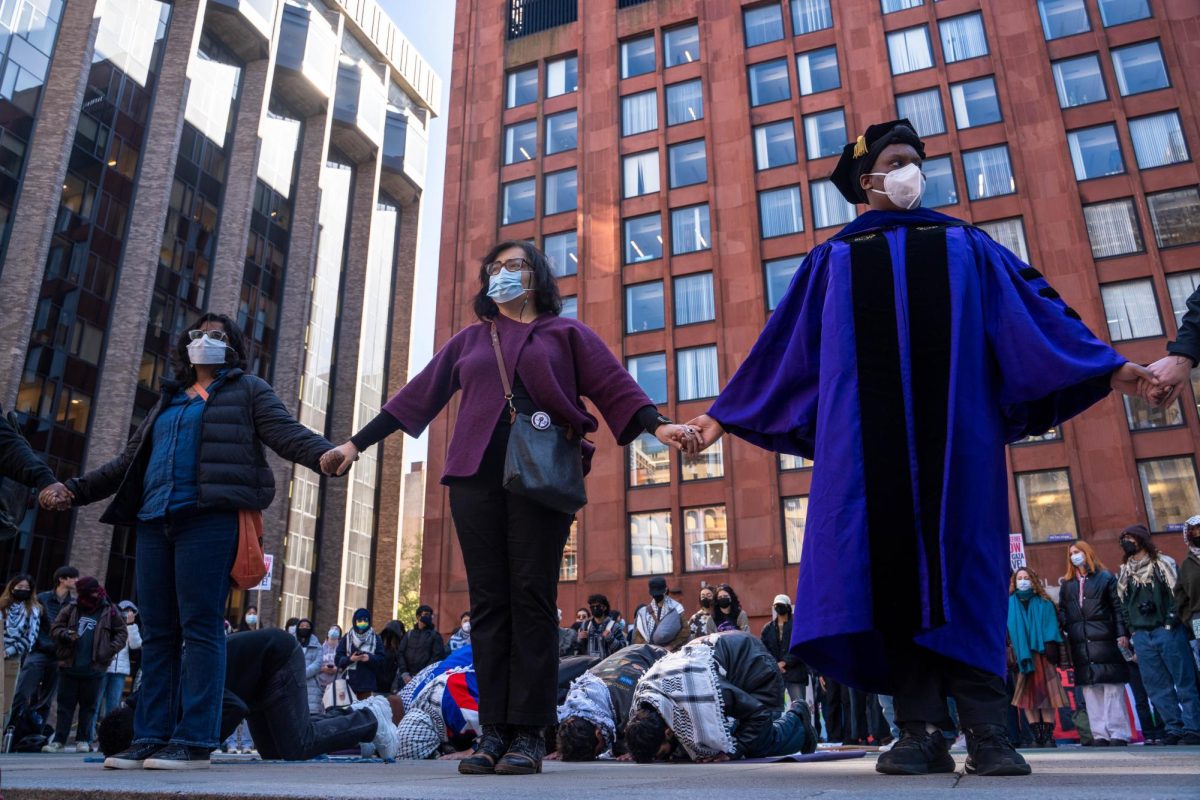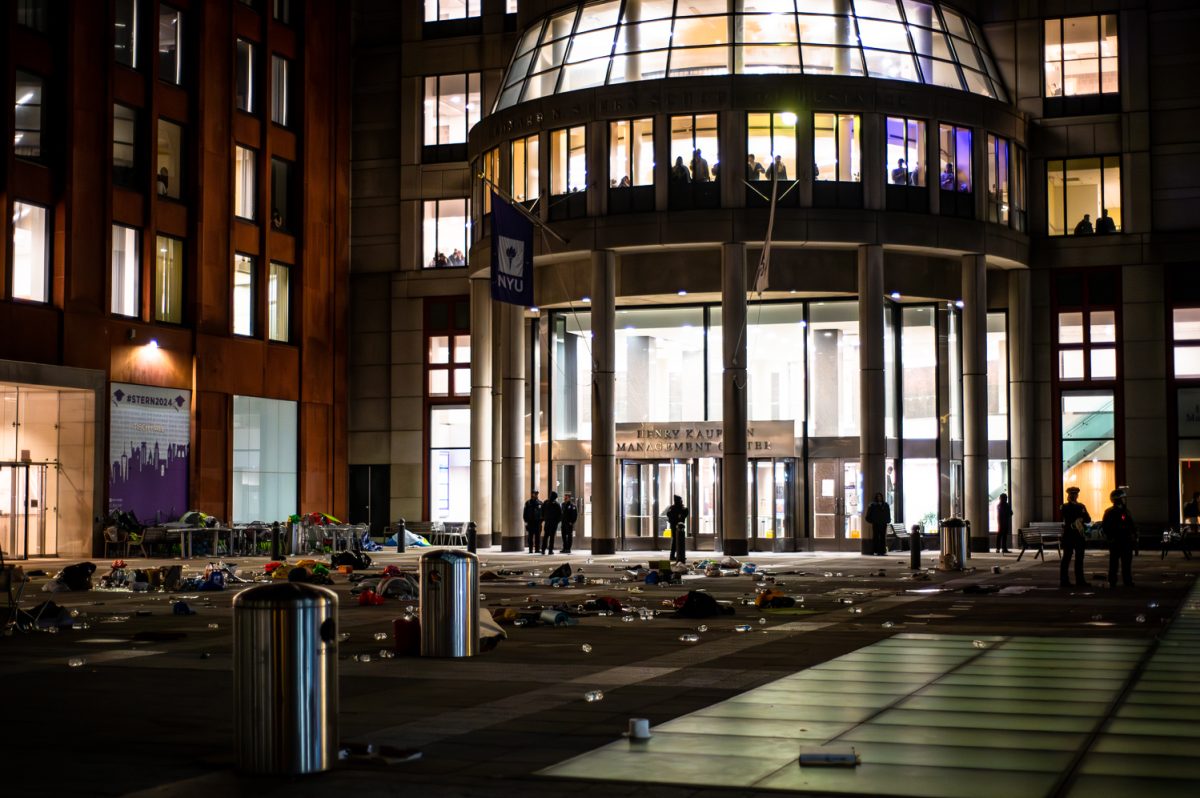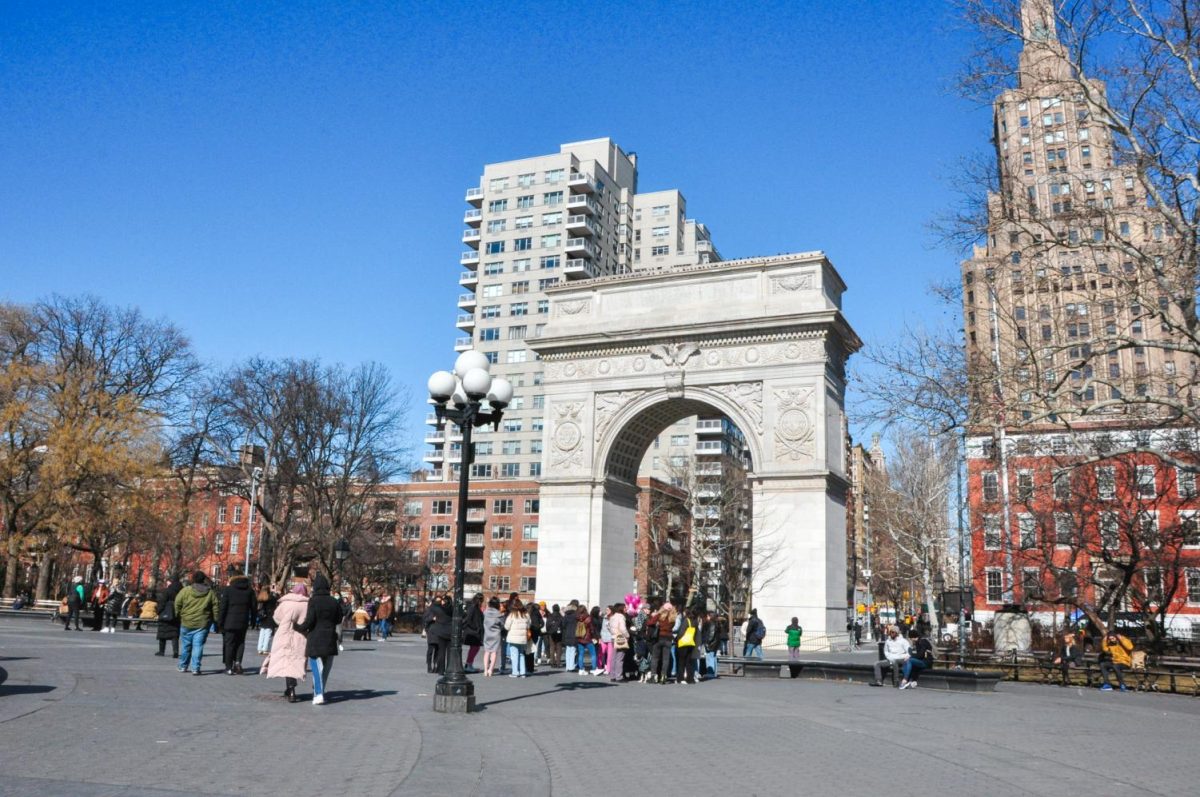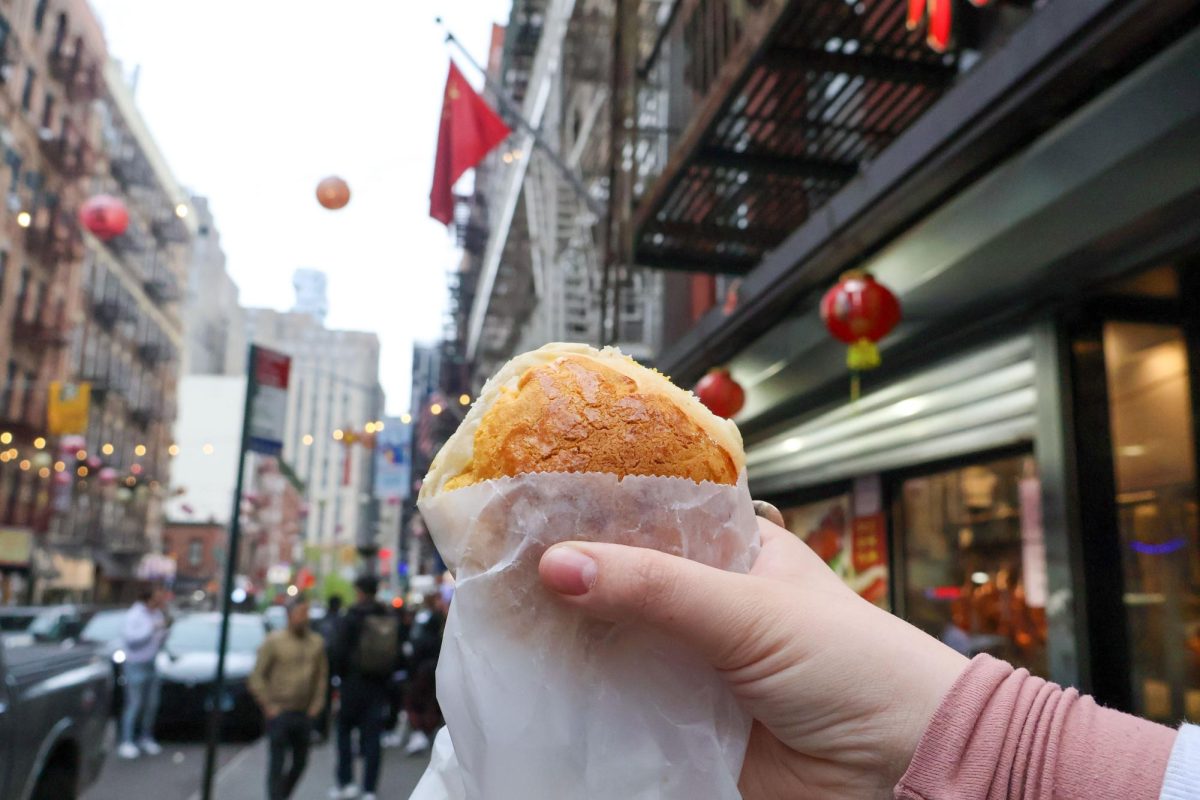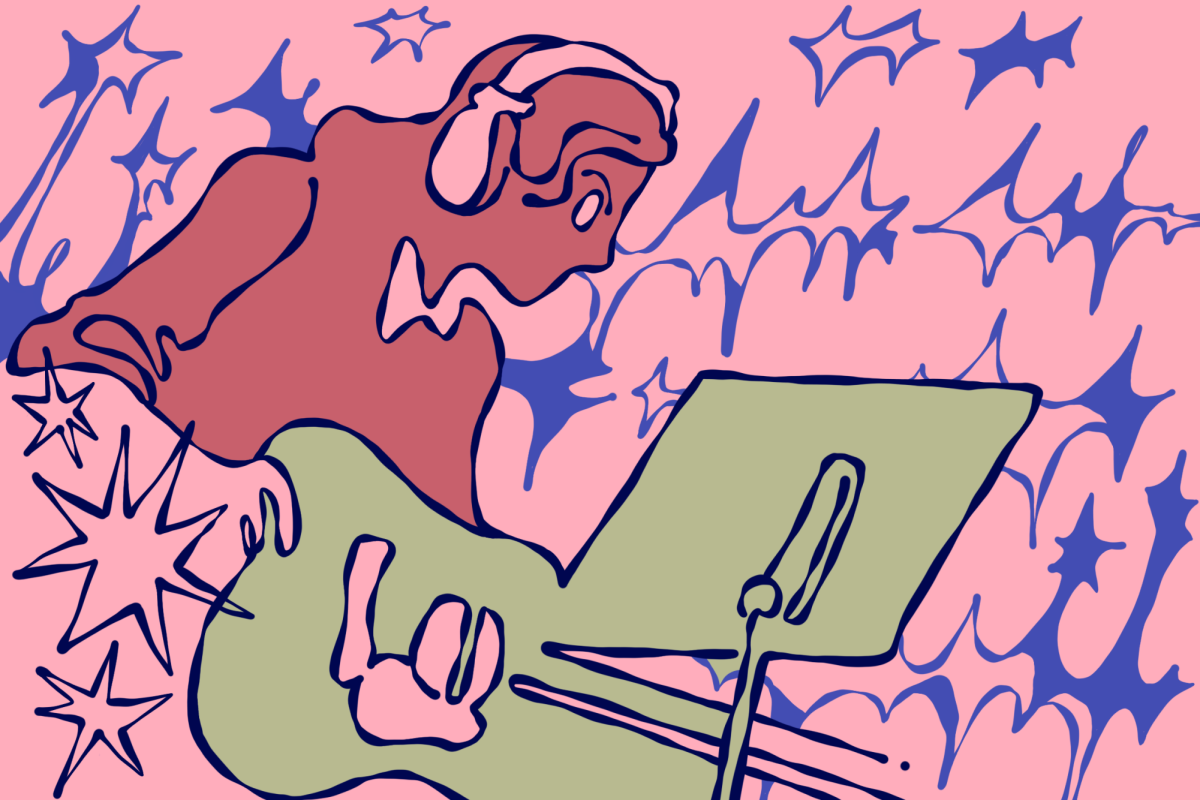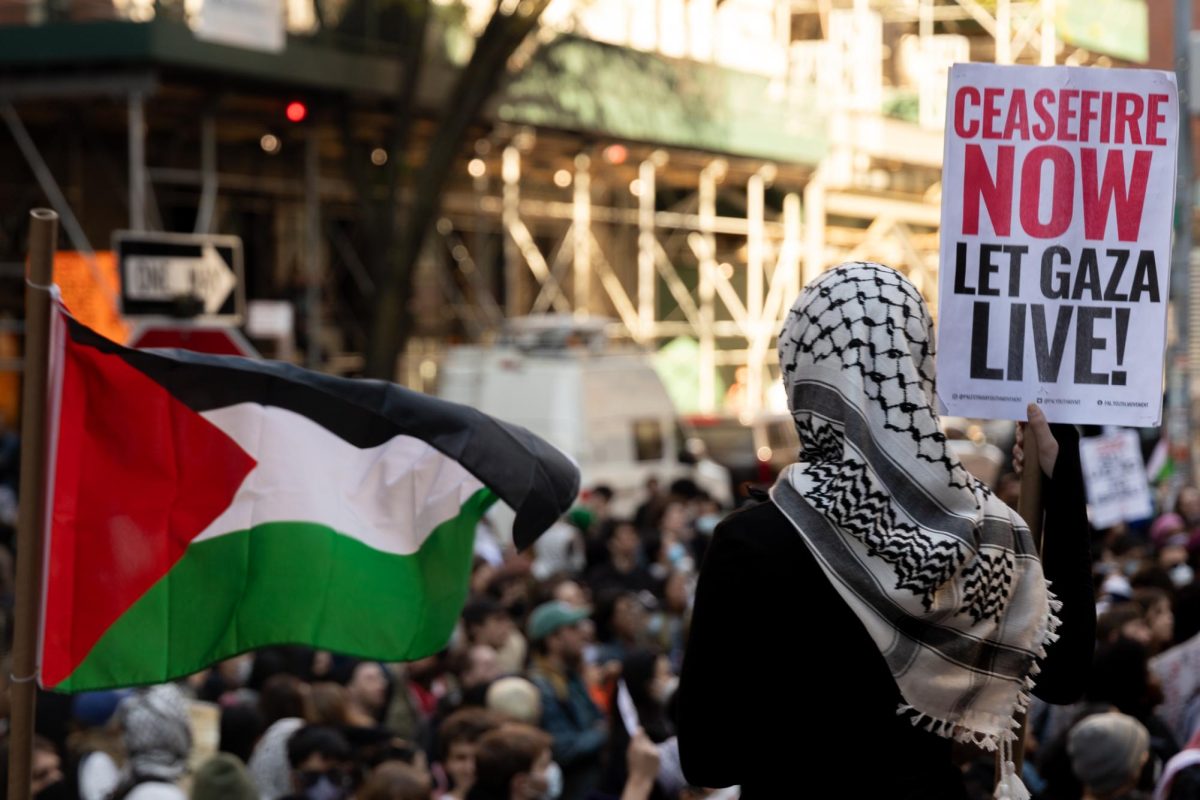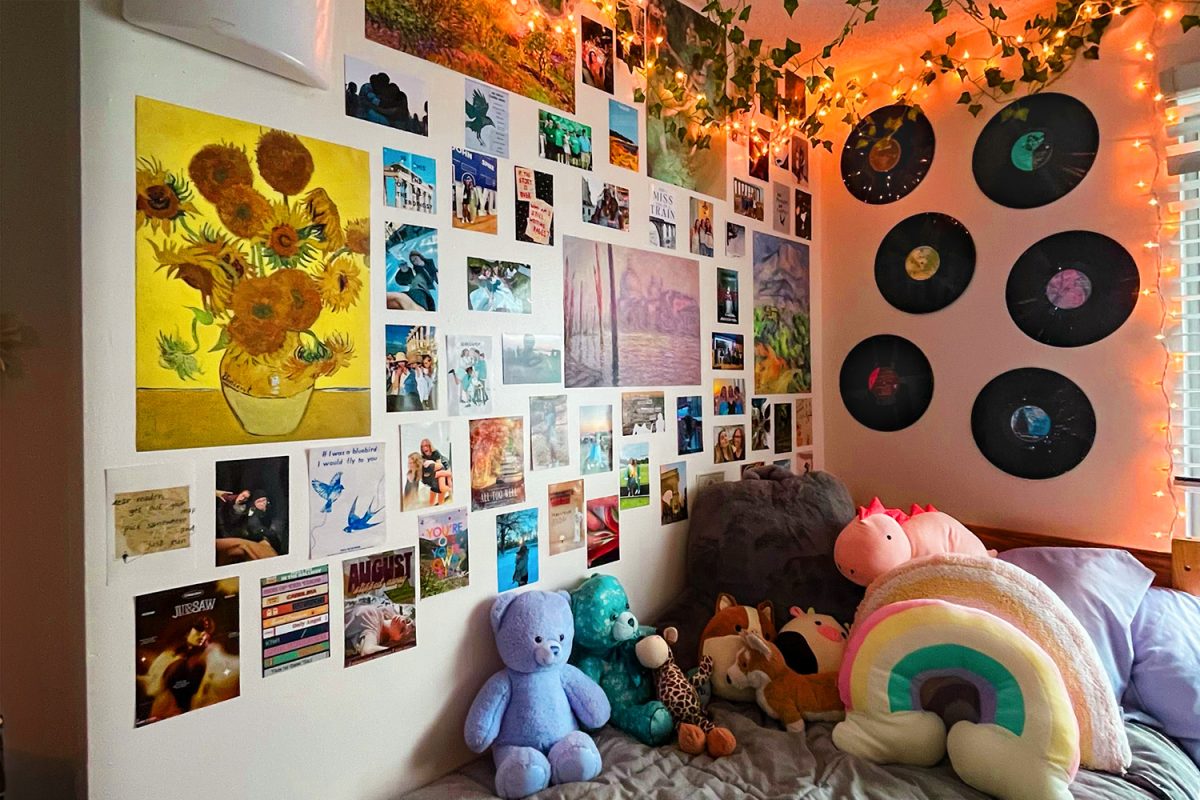BUENOS AIRES — When I told people I was studying in Buenos Aires, most of them got excited and started mentioning the hot sun, many beaches and other quintessentially Latin American things. I, too, had my own ideas about this city, and they dripped with Latin American stereotypes: a mish-mash of colorful buildings, palm trees, blue skies and music in the streets. But, in fact, Buenos Aires does not fit into this stereotype, nor does it conform to any one
construction of a city.
The scenery in Buenos Aires changes quickly and abruptly. In as little as two blocks, you can go from feeling completely safe and secure to feeling like you have to watch your back amid the increasingly shabby, dirty buildings and rough crowd.
If you keep to the east of the city, starting at the top and working your way down, you will pass through what seems like many different cities rather than a single, sprawling and evolving one. To the north, the city is covered in a blanket of gardens and parks. This is where I run, and it is probably the only place in the city conducive to running safely. Then you hit the famous Recoleta Cemetery and you are immersed in European-style streets, and the buildings are somewhat altered by the added balconies and massive hanging plants. Within Argentina and much of Latin America, there is a conflict between European and indigenous roots, and this clear European influence against a backdrop of proud, local culture is reflected in both the grand plazas and
crumbling, colorful facades.
Continue walking and right before you hit the no man’s land of collapsed roofs and packs of frail dogs wandering the streets, you again find yourself caught between two worlds. On one side of the river are modern skyscrapers, European cars and an artificial park, as if you are dropped inside a game of “The Sims.” On the other side are Williamsburg-style lofts and cobblestones. Further in, with your back to the river, you will find clapboard houses of varying heights and courtyards
overgrown with vegetation.
Even if you just stay in one neighborhood, you will experience a transformation both at nightfall and on the weekend. The province of Buenos Aires has a population of nearly 13 million, but the city fits just under 3 million Porteños, local-born citizens, within its limits. The majority of white-collar work takes place in the city proper, which means that every day, on the roadways or railways, masses of Argentines work their way in from the outskirts, making for crowded streets during the day and eerily deserted ones at night. Buenos Aires after dark has a different energy and an unnerving hush even on the main avenues. This pattern of movement also creates a seemingly dead city on the weekends: many cafes and restaurants are closed; the streets are sleepy and the people are even sleepier.
After a while, you get accustomed to the changes. But every now and then it feels as though someone changes the channel on the TV, and you are immersed in a completely new scene once again.
A version of this article appeared in the Wednesday, Oct. 3 print edition. Suzi Brown is a foreign correspondent. Email her at [email protected].


